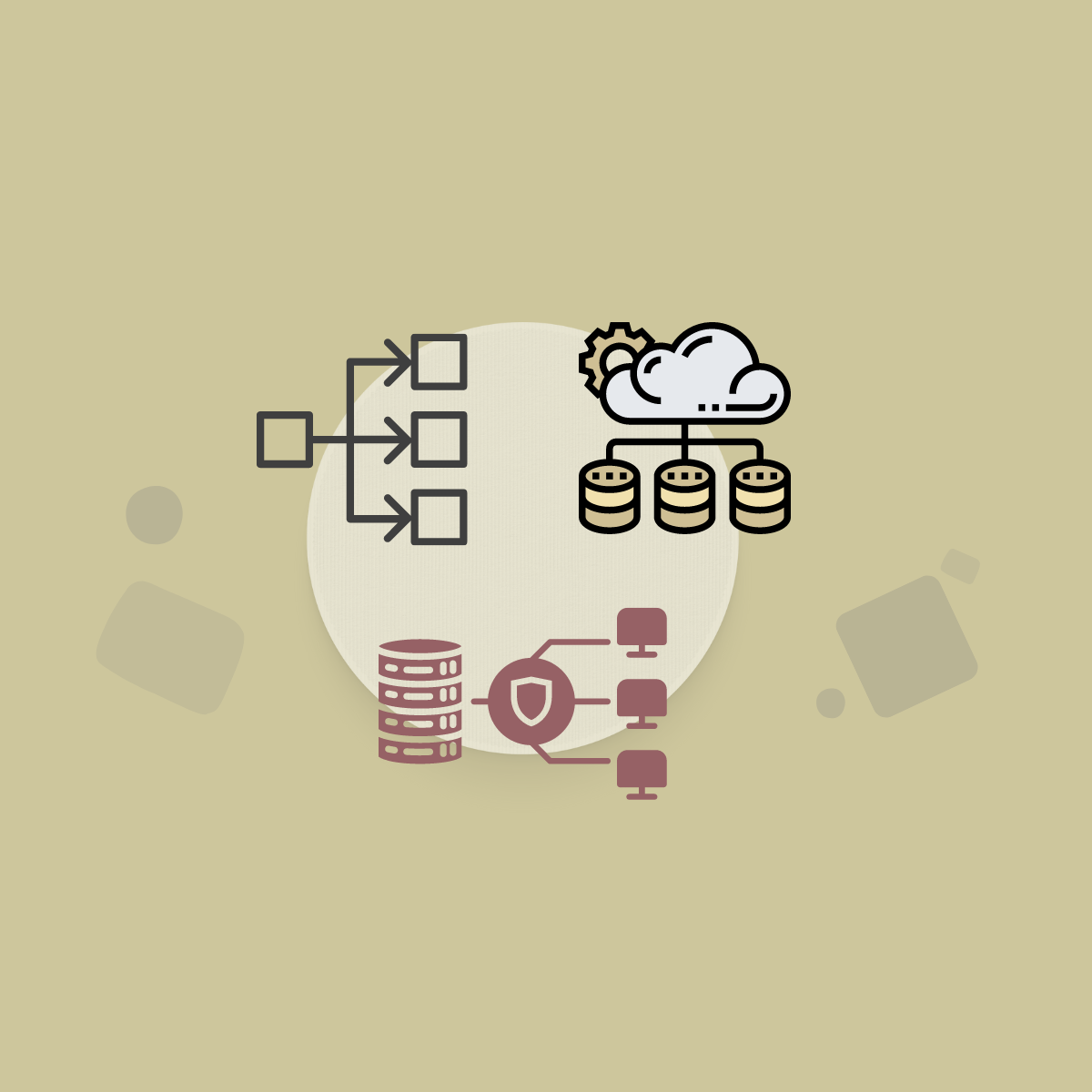Grokking System Design Fundamentals
System Design Fundamentals is an introductory-level course for software engineers and developers new to system design. It teaches the core components, concepts, and mental models needed to design scalable, highly available software systems from the ground up. From understanding the client-server model to exploring how databases and caches are used, the course covers all the system design basics you should know before moving on to more complex topics. As a foundation course, it’s taken before tackling the more advanced "Grokking the System Design Interview", ensuring that learners have a solid base to build on.
This course uses a clear, beginner-friendly approach with illustrations, analogies, and real-world examples to make each concept easy to grasp. Complex topics like latency and throughput are explained in plain, everyday terms—no heavy jargon or prior system design knowledge needed. This supportive style makes it an ideal way to learn system design for beginners, bridging the gap between theoretical knowledge and practical understanding. By the end, you’ll have a firm grasp of system design fundamentals and the confidence to start designing basic scalable systems or jump into more advanced design challenges.
- Learn a step-by-step approach to system design using simple mental models that help you break down complex problems.
- Find out how techniques like caching and load balancing improve a system’s performance and reliability for users.
- Grasp the concepts of scalability and availability, learning to design systems that can grow to serve more users while staying reliable.
- See theory put into practice through real-world examples and analogies that make abstract concepts easier to grasp.
- Build a solid foundation that prepares you for more advanced system design topics and courses down the road.
- Discover the roles of common system components like databases, caches, and APIs, and understand how they work together in a system’s architecture.
- Understand the client-server model and how different parts of an application (clients, servers, APIs) communicate with each other.
- Learn about latency and throughput – key performance metrics for speed and capacity – and how they affect the user experience.
- Understand design trade-offs and how to balance different choices (for example, speed vs. reliability) when building a system.
- Gain confidence for system design interviews by mastering the fundamentals and knowing how to explain your design decisions.

FAQs
Are there any prerequisites for Grokking System Design Fundamentals?
No, there are no strict prerequisites – Grokking System Design Fundamentals is designed as a beginner-friendly course. It starts with the basics of system design, so as long as you have basic programming knowledge, you can easily follow along and learn system design fundamentals from scratch.
Is the Grokking System Design Fundamentals course text-based or video-based?
The course content is delivered entirely through text-based lessons (no video lectures). This format lets you read and learn system design fundamentals at your own pace, with clear explanations and diagrams to help beginners understand each concept.
How long does it take to complete the System Design Fundamentals course?
The System Design Fundamentals course has about 20 hours of content, but since it’s self-paced you can take as long as you need to finish. Many learners complete it in a few weeks by studying a bit each day, while others spread it out over a couple of months – the timing is completely up to you.
Does the System Design Fundamentals course include quizzes or practice exercises?
Yes, the course includes quizzes at the end of sections to help reinforce your learning. These short quizzes let you apply the system design fundamentals you’ve learned and ensure you understand each topic before moving on.
What will I learn from the Grokking System Design Fundamentals course?
You’ll learn how to design scalable, high-performance systems by understanding core system design fundamentals like caching, load balancing, data partitioning, and more. By the end, you’ll have a solid foundation in system design principles, giving you the confidence to design complex systems on your own.
Will Grokking System Design Fundamentals help me prepare for system design interviews?
Absolutely – Grokking System Design Fundamentals is designed to help you build the strong foundation needed for system design interviews. By covering important concepts and reinforcing them with quizzes, the course prepares beginners to approach system design interview questions with confidence.
